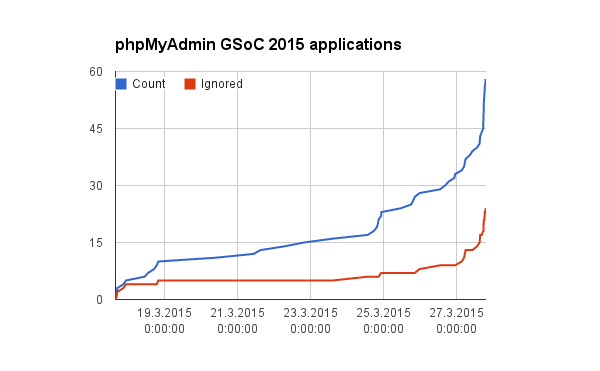Weblate is not only useful for translating software, it can help in translating any content. Let's look where our users are using it.
Software translation is the most usual use case. This is actually where Weblate was used for first time and still provides great support for that. As an example (and oldest project hosted in Weblate) you can look at phpMyAdmin, where Weblate also helps to keep in sync translation for different maintenance branches. It can also help you in using same terminology in command line utility and graphical one like it is done in Gammu and Wammu translations.
Weblate also supports localization of mobile application. Android support was originally implemented for OsmAnd project, but now they also translate iOS application using Weblate.
Another use case is for translating documentation. You need to have some infrastructure to do, but there are several free software project to help here as well. For phpMyAdmin documentation or documentation for python module Odorik the Sphinx documentation generator is used, which has support for translation of the documentation. I've recently published quick howto for this setup. Another great tool for translating documentation is Publican, it is Docbook based tool and is used for translating The Debian Administrator's Handbook.
Last but not least, you can use Weblate to translate your website. For example website for Weblate itself is translated this way.
Did you miss your use case for Weblate? Please let me know.
PS: I've heard that one Linux distribution will start using Weblate soon.

